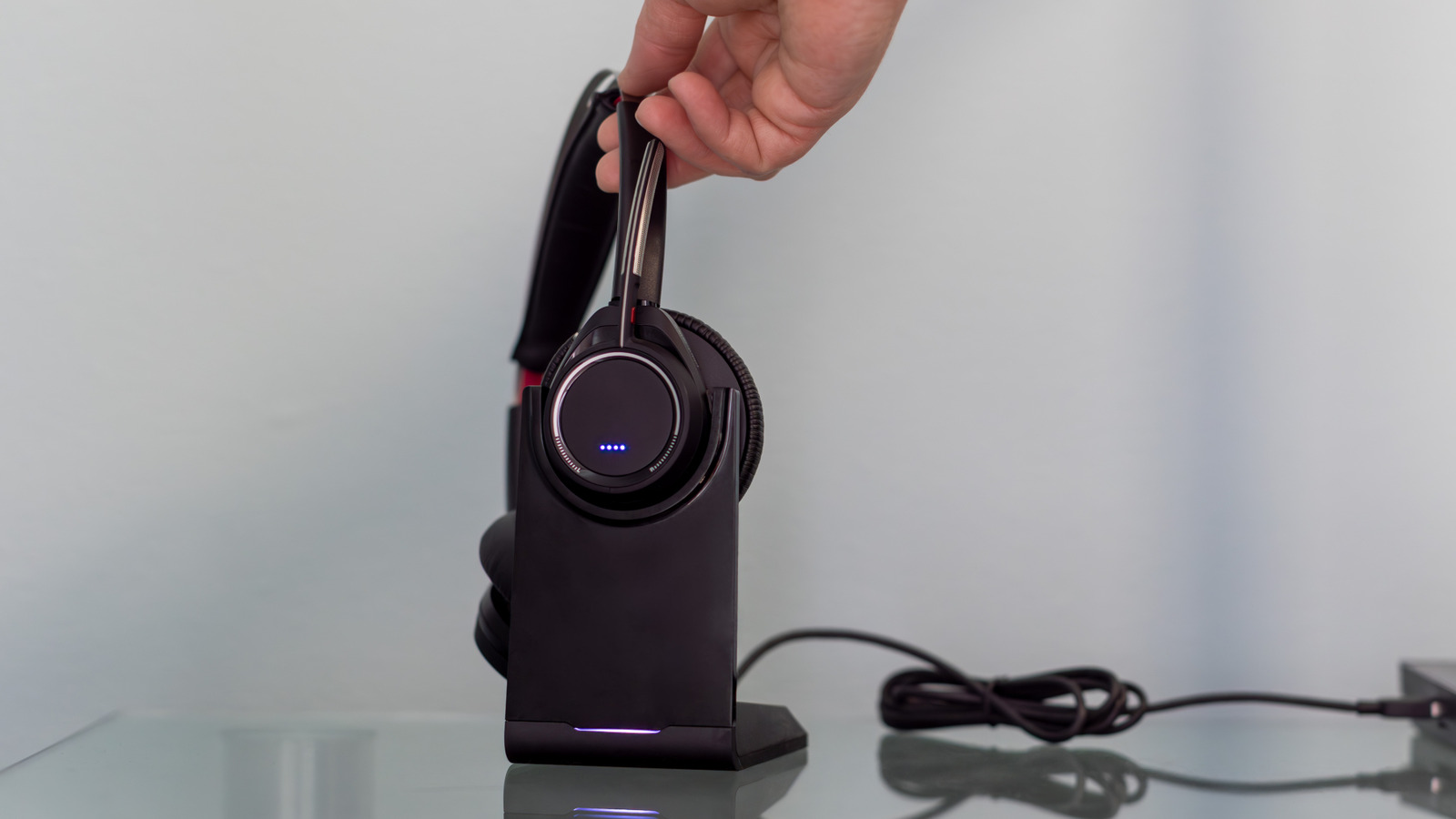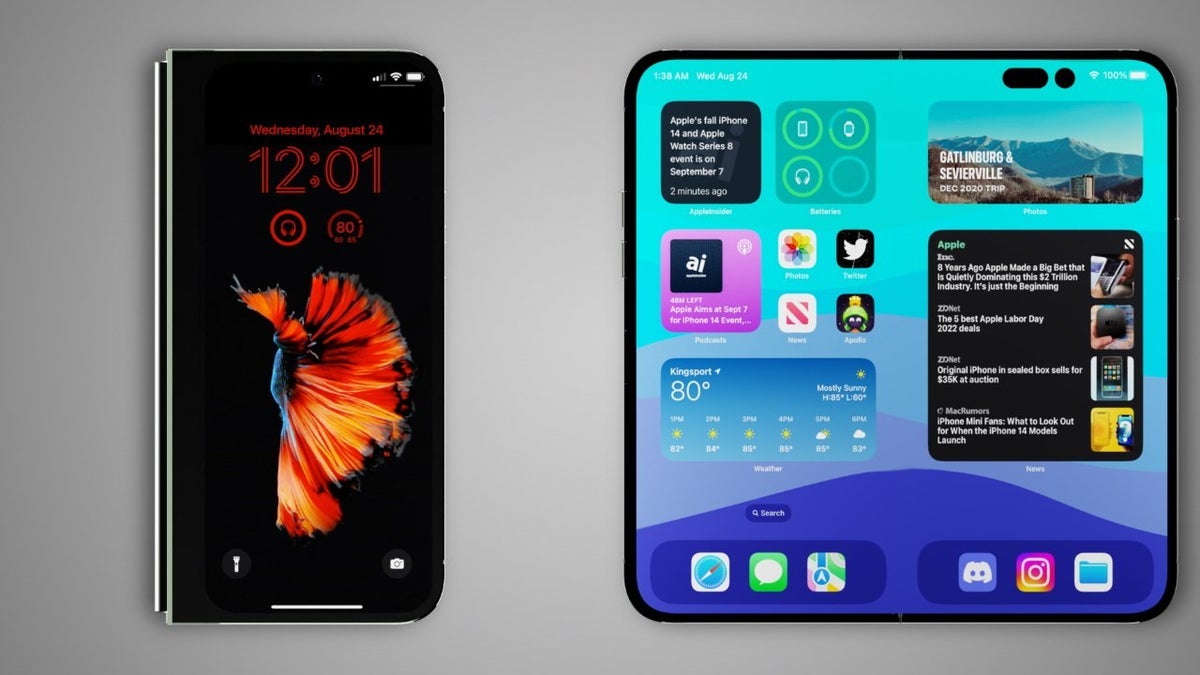Don’t miss out on our latest stories. Add PCMag as a preferred source on Google.
TiVo digital video recorders have reached “Keep Until I Delete” status: The company has ended manufacturing and sales of new DVRs and no longer offers hardware upgrades for current users.
TiVo, now a subsidiary of the software firm Xperi, did not formally announce the news. Instead, it removed its DVRs from its product list earlier this month. Luke Bouma of Cord Cutters News flagged that disappearance on Sunday; Xperi has since confirmed the development.
“I can confirm that as of October 1, 2025, TiVo stopped selling physical DVR products, including hardware and accessories, both online and through agents,” spokeswoman Caroline Anson tells us. “TiVo no longer manufactures hardware, and our remaining inventory is now depleted, though we will continue to offer support for the products going forward.”
TiVo lives on as a consumer product in the form of TiVo OS, a platform for connected TVs that Xperi debuted in 2024 as an alternative to TV platforms by Amazon, Google, and Roku. A handful of TV vendors in Europe now ship it on some of their sets, but in the US, it’s only shipped on one Sharp model so far.
The original TiVo stood out far more when it debuted at CES 1999. With a simple on-screen program grid to schedule recordings and then play them off its internal hard drive and a peanut-shaped remote with a 30-second skip forward button to blast past ads, it made the obsolescence of the VCR as a TV timeshifting device painfully obvious.

Get Our Best Stories!
Your Daily Dose of Our Top Tech News

By clicking Sign Me Up, you confirm you are 16+ and agree to our Terms of Use and Privacy Policy.
Thanks for signing up!
Your subscription has been confirmed. Keep an eye on your inbox!
The only consumer option close to the TiVo was the conceptually similar ReplayTV DVR, which also had a CES launch that January. TiVo took off where Replay did not, with its brand name becoming a verb for “to record.”
But TiVo could not do much to ease the process of setting up a DVR to control a cable or satellite box until the FCC mandated the CableCard standard in 2007. That allowed a buyer to get one of these authentication cards from their cable service and plug one into a TiVo to have it replace a cable box entirely–a much simpler setup, if not as simple as the cord-cutting experience of plugging in an over-the-air antenna.
By then, cable providers had begun adding cloud DVR functions to their own boxes with one advantage over a TiVo: no risk of having a hard drive crash wipe out hundreds of hours of recordings. Cable operators continued to lobby for the CableCard rule to be dropped, and in 2020, they received their wish from the FCC. That led some cable operators to yank CableCard support, effectively unplugging their subscribers’ TiVos.
Recommended by Our Editors
TiVo’s fees for its program-guide service — either paid on a monthly basis or up-front for a lifetime subscription — also left it with a pricing problem. (I paid the $250 lifetime fee for a TiVo Roamio OTA in 2016 instead of paying $14.99 a month for service, recouping that up-front cost less than a year and a half later.)
The company last introduced a new DVR in 2019 with the TiVo Edge. It made an attempt to get into the streaming-device business in 2020 with the TiVo Stream 4K, a dongle that plugged into a TV’s HDMI port. But it went nowhere against competition from Amazon, Apple, and Roku.
An unknown number of TiVo DVRs — the company isn’t disclosing how many — remain in service and may stay online for years to come, assuming their owners utilize third-party hard-drive replacement services. But at some point, TiVo will drop the program-guide service that makes these DVRs so usable, and that will be a final lights-out moment for these devices.
About Our Expert

Experience
Rob Pegoraro writes about interesting problems and possibilities in computers, gadgets, apps, services, telecom, and other things that beep or blink. He’s covered such developments as the evolution of the cell phone from 1G to 5G, the fall and rise of Apple, Google’s growth from obscure Yahoo rival to verb status, and the transformation of social media from CompuServe forums to Facebook’s billions of users. Pegoraro has met most of the founders of the internet and once received a single-word email reply from Steve Jobs.
Read Full Bio








